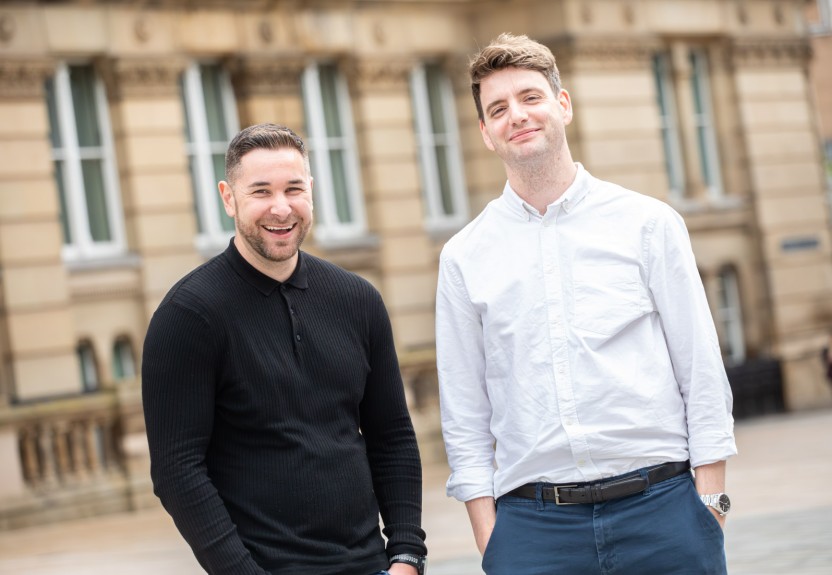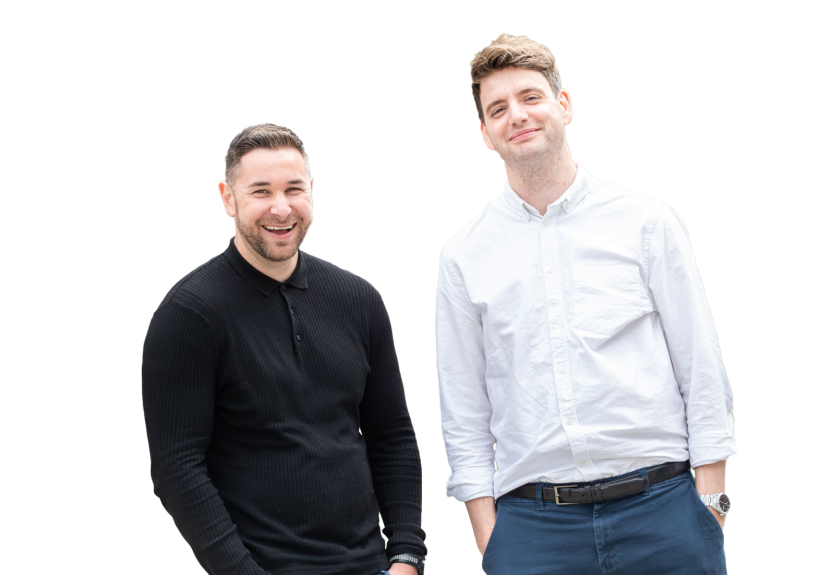Nearly every advertiser would like to see their brand on TV, it looks great and increases brand awareness across a potentially huge audience. But what if you are a local advertiser who needs their marketing budget to cover multiple advertising formats and work just as hard (if not harder) than the top brands. Are they priced out of the market before they start?
Maybe not.
Whilst ITV, Sky, Channel 4 and 5 and all the new digital channels can maximise revenue from more traditional large advertisers, new digital technologies are revolutionising how the smaller advertiser can get a foothold into the broadcast media ladder. With lower entry costs and more effective targeting, this is enabling the advertiser to capitalise on the kudos that comes with appearing on a broadcast screen or device
With Sky’s AdSmart commanding more traditional TV advertising, the AdSmart technology allows the advertiser to enter the viewers’ home at a fraction of the cost of a traditional TV campaign. With multiple filters that can be applied to an already geo-targeted campaign, the advertiser can maximise its budget with the minimal amount of wastage. Utilising all of the Sky channels and Channel 5, Sky can quote an impressive 73% of advertisers running campaigns, either new to TV or Sky Media, with a 75% return rate to advertising again on the platform. Who doesn’t want the chance to be seen in a commercial break on some of the most talked about TV programmes like Game of Thrones, Billions and Westworld?
But YouTube are starting to lead the pack when it comes to engaging the younger audience and has become the second largest search engine after Google, of course we must remember that Google bought YouTube back in 2006, so a percentage of their traffic is organically fed from them. But their stats are impressive, with over one billion users worldwide, 88 countries and in 76 languages*. In a bid to compete with the likes of Spotify and Apple Music, part of the YouTube development is to extend their portfolio by now offering a music subscription service which was launched in March 2018.
But the biggest evolution over the last couple of years has been the ‘catch-up’ format. As our lifestyles have changed, so has TV watching. An increase can be seen in the use of mobile and tablet devices, particularly in the younger age groups, to access ‘catch-up’ programmes, as well as new content to the user.
ITV’s Hub are seeing increased year on year spends on advertising and can claim 24 million subscriptions. Again, with a low entry cost and targeted geo-demographic overlays applied, ITV brings its years of experience to delivering a quality service. Shows like Coronation Street, Britain’s Got Talent and Love Island (pulling in between 320K - 380K live streams each night**), and even the World Cup are all made accessible to the smaller advertiser, something they probably would not have considered possible.
Another element of advertising on the small screen is the ability to utilise URL’s, directing the potential customer to a web page with further information or offers, extending the viewers’ user experience and leading to a potential increase in brand awareness and revenue.
Including TV to any marketing campaign has to be given a lot of thought due to the production and airtime costs traditionally associated with the format, but with the likes of video on demand and Sky AdSmart, buying affordable airtime has now become a possibility for those even on a smaller budget.
No matter the size of your campaign, advertising on the small screen is highly targeted, efficient and effective. Interested in finding out more? Get in touch we’d be happy to chat through recommendations to ensure your TV campaign gets the best exposure possible.
*https://www.youtube.com/yt/about/press
** ITV Statistics – June18






